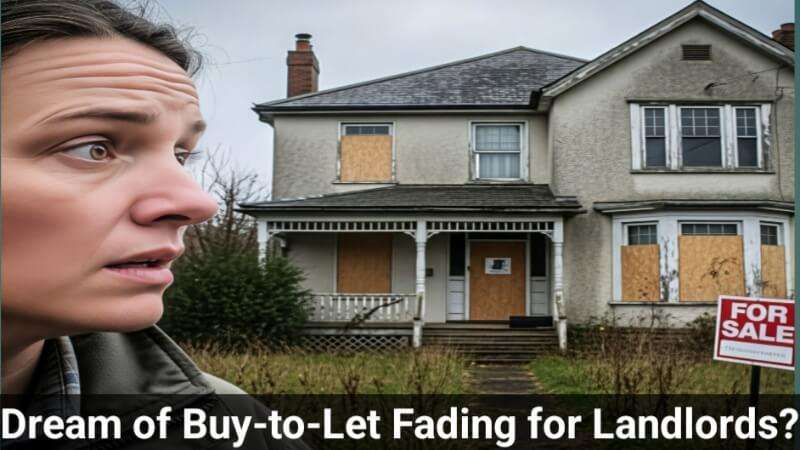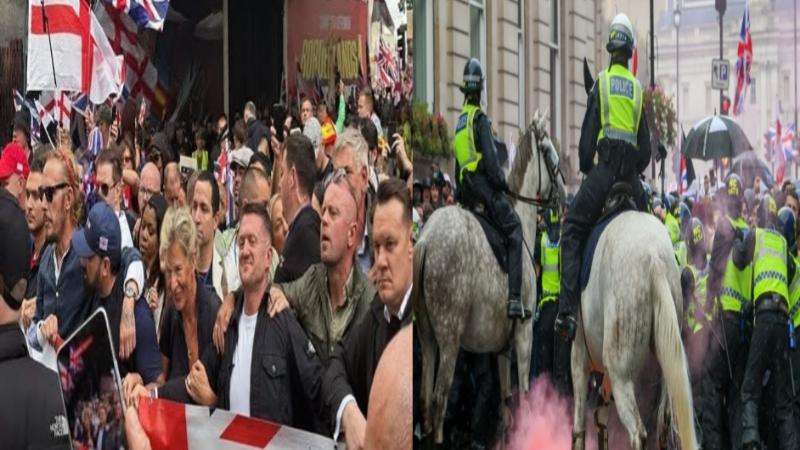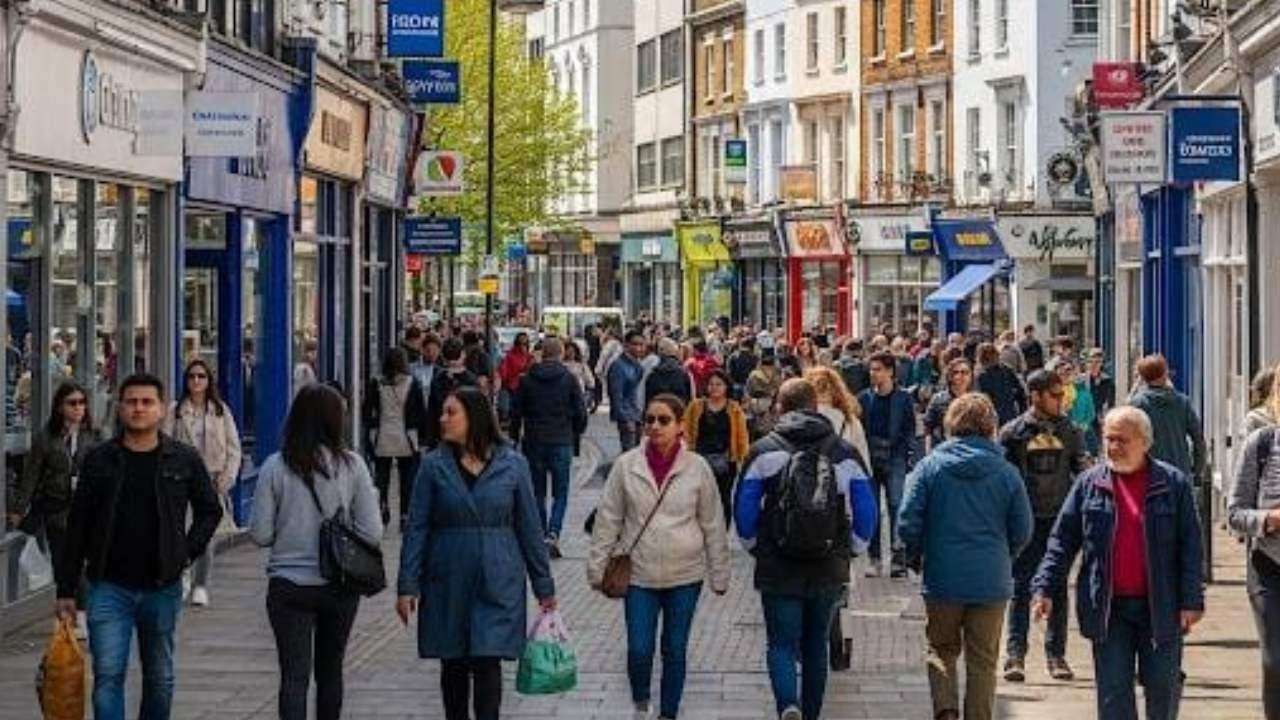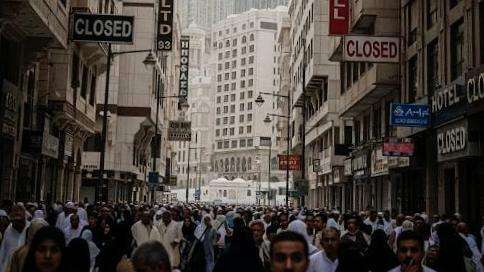Croydon's Identity Crisis: A Legal Reality vs. Enduring Local Sentiment
For decades, the question of whether Croydon truly belongs to Surrey or London has been a lively topic of discussion, often sparking good-natured debate among residents and outsiders alike. This long-standing geographical quandary, while seemingly simple, highlights the complex interplay between legal definitions and deeply held local identities.
The borough of Croydon, a significant area in South London with a population nearing 400,000, officially transitioned from Surrey to become a London Borough on April 1, 1965. This pivotal change was enacted under the London Government Act of 1963, a comprehensive piece of legislation that reshaped local government in the metropolitan area and led to the creation of Greater London. Despite this clear legal demarcation, a strong sentiment persists among many residents within Croydon, particularly in areas like Purley and Coulsdon, that they remain intrinsically linked to Surrey. This feeling is often compounded by historical ties, local postcodes (CR postcodes generally, though some areas like South Norwood have London postcodes), and a sense of being distinct from central London.
The current conversation has been re-ignited by a recent viral social media video, which humorously tackled this very debate. The video cited the London Government Act of 1963, specifically highlighting the date of April 1, 1965, as the moment Croydon was formally declared a London Borough.
The overwhelming response in the video's comment section largely supported the legalistic view, with many reiterating, "It's the LONDON borough of Croydon" and "Officially Croydon is London, and spiritually Croydon is London." Commenters also pointed out that other areas now firmly considered London, such as Stratford, Ealing, and Tottenham, underwent similar transitions around the same time, shifting from their historical counties to become part of the expanding capital. Humorous remarks like "If my Oyster card works, then it's London then" further underscored the practical reality for many.
However, the debate isn't entirely settled for everyone. A vocal minority continues to argue that Croydon is "geographically Surrey" and that while it may be a London borough, its roots remain in the historic county. The presence of CR postcodes and the perception of areas south of Tooting Junction as "all Surrey" fuel this counter-argument. Ultimately, while the legal framework is unambiguous – Croydon is a London Borough – the cultural and historical ties to Surrey continue to shape the identity of many within its borders.
The History of Muslims in Croydon
The Muslim community in Croydon has a rich and growing history, becoming a significant part of the borough's diverse religious landscape. While the precise arrival of the first Muslims in Croydon is not definitively recorded, organized communal prayer began to take shape in the mid-1960s. Early gatherings were often held in informal settings, such as the basement of a property on Derby Road in West Croydon.
As the Muslim population grew, so did the need for dedicated spaces for worship and community activities. The community came together to acquire larger premises, eventually leading to the establishment of purpose-built centers. These early efforts laid the foundation for the vibrant Muslim presence seen in Croydon today. From humble beginnings, the community has grown to include various places of worship and community organizations, providing essential services, educational programs, and fostering interfaith dialogue. The Muslim population in Croydon, according to the 2021 Census, stands at over 40,000, representing a diverse mix of ethnicities and backgrounds.
The British Bangladeshi Community in Croydon: A Thriving Presence
Croydon is home to a vibrant and well-established British Bangladeshi community, contributing significantly to the borough's rich multicultural tapestry. The history of Bangladeshis in the UK largely traces back to the 17th century with the arrival of lascar seamen, but significant migration, particularly from the Sylhet region, occurred following the founding of Bangladesh in 1971. The 1950s and 60s saw the arrival of the first generation of Bangladeshi settlers, often seeking employment in industries like garment manufacturing.
In Croydon, the Bangladeshi community has flourished over the past few decades. Community associations have been instrumental in serving the community for many years, offering vital support in areas such as welfare, housing, employment, immigration, and benefits advice. They have played a crucial role in helping individuals navigate new lives in the UK and fostering community cohesion. Another prominent voluntary organization actively works towards social welfare, education, health and wellbeing, and cultural activities for the community.
Today, the British Bangladeshi community in Croydon is dynamic, with many younger generations excelling in various professions and integrating into wider society, while still maintaining strong cultural links. These community efforts are a testament to the resilience and commitment of the British Bangladeshi population in Croydon, who continue to contribute to the borough's diverse character and economic vitality.








.svg)


_6.jpg)
